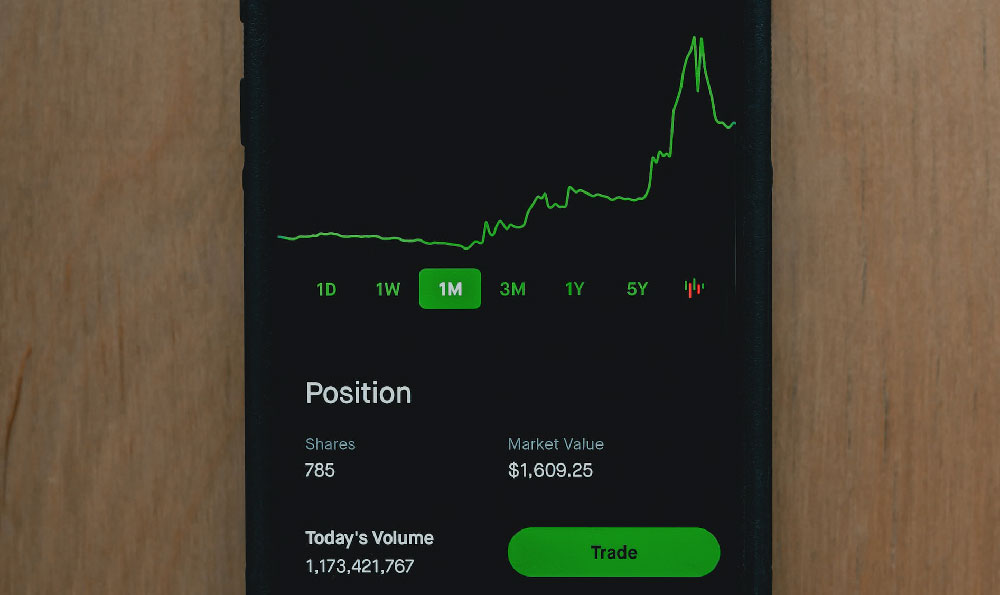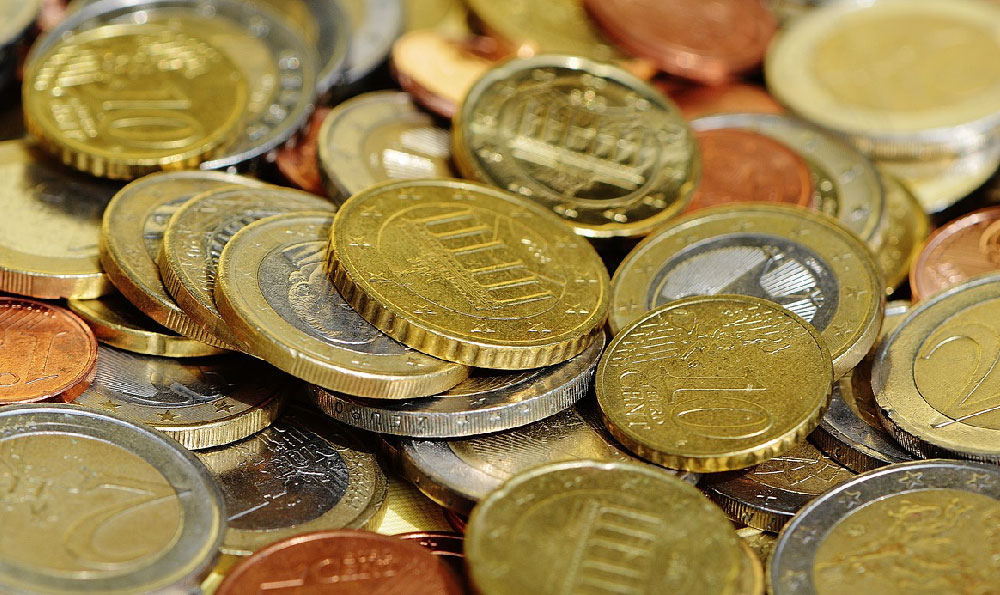Ah, the Titanic. A cinematic behemoth that not only captivated audiences with its tragic love story but also shattered box office records and remains a cultural touchstone. Let's dive into the financial depths of this iceberg-sized hit and uncover its box office performance.
The straightforward answer to "How much did Titanic gross?" is an astounding approximately $2.264 billion USD worldwide. This figure reflects the total theatrical gross across multiple releases, making it one of the highest-grossing films of all time. For a significant period after its initial release, it reigned supreme as the highest-grossing film ever, a title eventually surpassed by director James Cameron's own "Avatar."
Now, let's break down Titanic's box office journey and understand the factors contributing to its monumental success. The film was initially released in December 1997 in North America. Its opening weekend gross was a respectable $28.6 million, which, in today's market, might seem decent but not extraordinary. However, what followed was anything but typical.

Titanic exhibited an unprecedented level of "legs," a Hollywood term describing a film's ability to maintain audience interest and box office revenue over an extended period. Instead of experiencing the usual sharp drop-off in subsequent weeks, Titanic's revenue increased in its second week, a rarity virtually unheard of in the industry. This positive momentum continued for weeks, fueled by overwhelmingly positive word-of-mouth, critical acclaim, and its status as a cultural phenomenon. People were seeing it multiple times, bringing friends and family, and generating a buzz that propelled it to unprecedented heights.
The film remained number one at the box office for a staggering 15 consecutive weeks in North America, a record that stands to this day. It wasn't just a movie; it was an event. The romance, the spectacle, the historical context – all combined to create an experience that resonated deeply with audiences.
Domestically (North America), Titanic grossed approximately $659.4 million. This makes it one of the highest-grossing films domestically, even adjusted for inflation. This massive domestic haul was only the beginning.
Internationally, Titanic's performance was even more impressive. The film resonated with audiences worldwide, transcending cultural and linguistic barriers. It became a global phenomenon, generating massive revenue in virtually every market it played in. The international box office total was approximately $1.605 billion. This showcases the global appeal of the story and the power of Hollywood blockbusters to connect with audiences across the world.
The film's success was further amplified by its various re-releases. In 2012, to coincide with the 100th anniversary of the Titanic's sinking, the film was re-released in 3D. This re-release generated an additional $343.6 million worldwide, further cementing its place in box office history and introducing the film to a new generation of viewers. It was a shrewd move that capitalized on nostalgia and technological advancements to revitalize interest in the film.
Several factors contributed to Titanic's extraordinary box office success beyond the inherent qualities of the film itself. The marketing campaign was incredibly effective, building anticipation and creating a sense of must-see urgency. The soundtrack, particularly Celine Dion's "My Heart Will Go On," became a massive hit, further popularizing the film and cementing its place in popular culture. The film's length (over three hours) initially raised concerns, but it ultimately became a selling point, offering audiences a complete and immersive cinematic experience.
It is also crucial to understand the context of the late 1990s. The internet was still in its relative infancy, and social media was non-existent. Word-of-mouth spread through traditional channels, making the film's organic growth even more impressive. The theatrical experience was also more central to entertainment consumption than it is today, with streaming services and home entertainment options less prevalent.
In addition to the theatrical gross, it's worth mentioning that Titanic also generated substantial revenue through home video sales (VHS and later DVD/Blu-ray), television rights, and merchandise. These ancillary revenue streams further contributed to the film's overall financial success.
Considering inflation is also a crucial aspect when comparing Titanic's gross to modern blockbusters. While its nominal gross is impressive, adjusting for inflation paints an even more accurate picture of its impact. When adjusted for inflation, Titanic's domestic gross would be even higher, placing it among the top films of all time in real terms.
Finally, while dissecting box office numbers, it is important to understand net profit versus gross revenue. While Titanic grossed over $2 billion, the production budget was substantial, estimated at around $200 million (a significant sum at the time). Marketing and distribution costs also added to the overall expense. While the exact net profit figures are not publicly available, it's safe to say that Titanic was a highly profitable venture for 20th Century Fox and Paramount Pictures, the studios behind the film.
In conclusion, Titanic's box office performance was nothing short of phenomenal. Its worldwide gross of approximately $2.264 billion solidifies its place as one of the highest-grossing films in cinematic history. Its enduring appeal, positive word-of-mouth, and strategic re-releases contributed to its unprecedented success, making it a true cultural phenomenon that continues to resonate with audiences today. It stands as a testament to the power of storytelling, the magic of cinema, and the ability of a film to capture the hearts and imaginations of people around the world.












